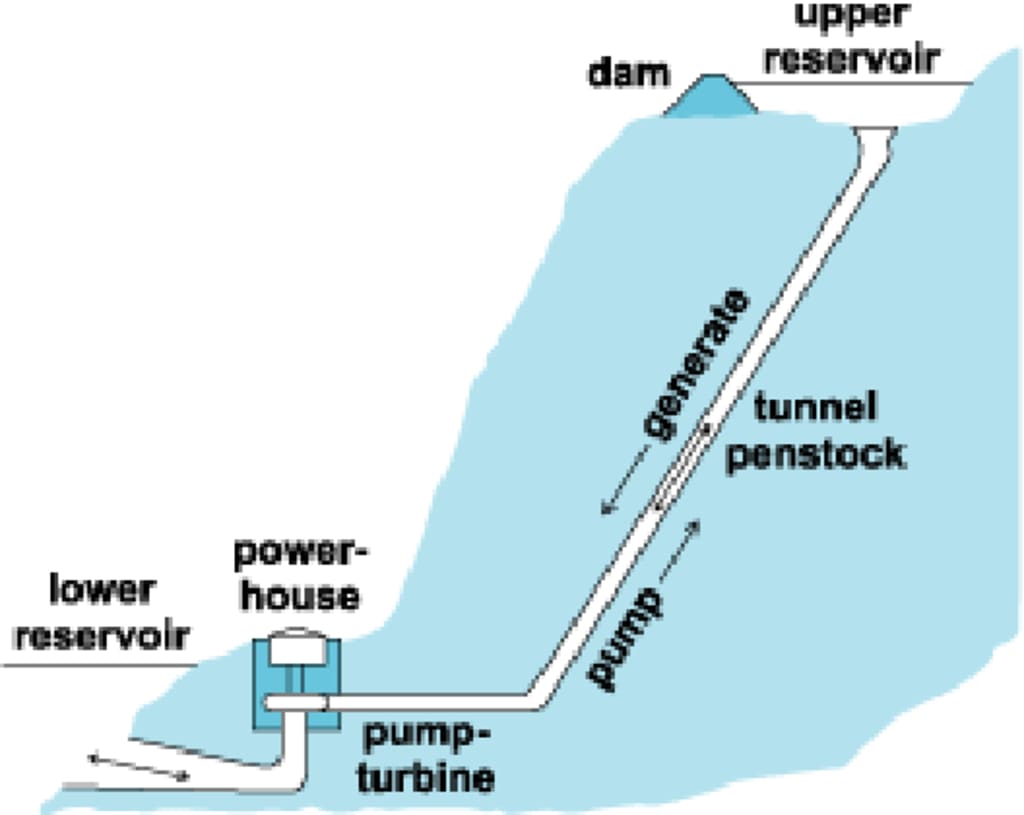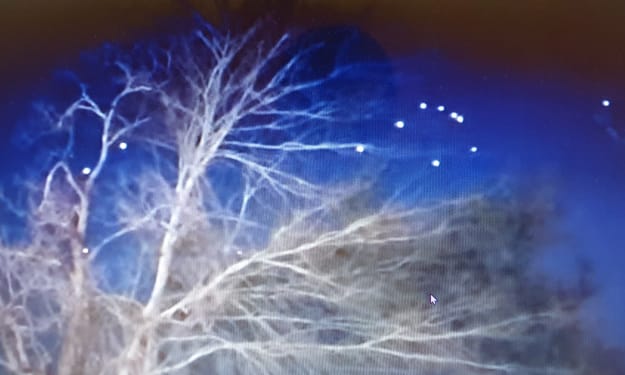How to address the storage issue with clean energy
"Exploring innovative solutions to the storage problem and unlocking the full potential of clean energy."

The normal demand for power is as shown.
on a Californian spring day.
It begins to expand at 6 a.m. and then rises once more at 6 p.m.
This line now indicates when wind energy supplies the Californian electricity grid.
The wind is erratic but tends to increase at night.
On the other side, solar panels start up about 7 a.m. and provide a lot of electricity until the sun sets around 7 p.m.
Neither typically comes close to meeting the day's highest needs.
As a result, the power firm uses fossil fuels.
like natural gas to fill the void.
which significantly widens during peak electricity usage.
The power provider must use fossil fuels at these times since it is unable to store solar and wind energy.
which can be kept in tanks and barrels.
Right now, there is a sizable gap in our renewable energy system.
It's possible that we'll become reliant on fossil fuels if we can't find a means to store energy.
So how do we save some of the energy from the sun and wind for later?
You could be saying to yourself right now, "Just use a battery," and you're not mistaken.
The last several years have seen significant advancements in batteries.
with lithium-ion batteries in particular.
which stores energy through a chemical reaction.
Lithium-ion batteries are frequently used in solar-powered individual residences to store energy.
However, there are a few causes. The grid doesn't work well with lithium-ion.
Neel Dhanesha is here.
a founder author for the climate news website Heatmap.
In 2022, he wrote an article for Vox about this.
The appropriate scale is one.
At this level, a lot would be required.
that we simply don't have at the moment.
Because lithium is only found in a few locations on Earth, that presents a challenge.
But more importantly, there are other uses for lithium-ion batteries.
Lithium-ion batteries are excellent for a variety of uses.
that moves as a result of its relative lightness.
i.e., it works better with things like electric vehicles.
and portable technology.
not stationary electrical grids.
Fortunately, there is a different approach to energy storage.
That has actually existed for a very long time.
The first pump-storage hydroelectric facility in southern Ireland is located here.
"Pumped storage hydro" is the term for this kind of energy storage.
They were initially created in Europe.
In 1929, one was constructed in the US, and many more followed.
used in the 1970s and 1980s as a means of nuclear energy storage.
These facilities can be found all over the world nowadays.
In the US, there are 39 of them.
And they do it in a pretty simple yet unique way to store energy.
When there is little need for energy, water is pumped up a mountain into a lower reservoir using fossil or renewable energy.
Basically, this energy is transformed into "potential energy."
then, potential energy
Perhaps you have vague memories of high school physics.
An object has potential energy stored in it when it is up high.
It transforms into kinetic energy when it is released.
The water is released down the mountain when that energy is required.
where kinetic energy is produced.
which propels a turbine to produce electricity for the grid.
It's a method of creating a battery by fusing water, a mountain, and gravity.
and it can achieve an efficiency of 90%.
which indicates that only 10% of this energy is lost during the process.
Pumped-storage hydropower is quite effective.
But it's challenging to construct more.
Well, you need a mountain to begin with.
and to install pumps inside it, a mountain needs to be hollowed out.
Moreover, it costs a lot of money.
Moreover, mountains are not everywhere.
So something that is less expensive, smaller, and roughly functional than a pumped storage hydro plant would be the ideal way to store renewable energy.
Gravity is another method being used by one startup, Energy Vault, to store renewable energy.
but without the mountains or water.
Instead, massive concrete blocks are raised into the air using renewable energy, where they transform into potential energy.
The blocks are then released as needed, spinning a turbine that transforms the potential energy back into electricity.
This is what Energy Vault refers to as "gravity energy storage."
Additionally, the company asserts that even though testing is still ongoing, it may be more than 80% efficient.
A variant application of the same notion is being developed by a business by the name of Quidnet.
Their "geomechanically pumped storage" system pumps water into a pressurized hole in the earth where potential energy can be stored before being released to spin a turbine and produce power. It does this using renewable energy.
Potential energy serves as a remedy in both methods.
for grid storage of renewable energy.
This, in my opinion, is partially due to the potential energy.
has proven to be fairly effective.
Realistically speaking, there are also fewer moving parts.
If all you're doing is allowing gravity to operate in your favor...
You possess a sizable natural force.
there, on your side, exactly.
However, potential energy isn't the only option.
Other businesses heat salt using renewable energy.
insulating it before allowing the heat to escape.
Steam or hot air is produced to power a turbine.
Basically, transforming renewable energy sources into thermal energy and then storing it.
Then there is the business that is banking on rusting metal.
We refer to them as "iron-air batteries."
and they use chemical reactions in what they do.
that causes rust in order to store and release energy.
It's kind of lovely to me that something that we all tend to consider to be an annoyance may actually turn out to be very helpful.
These concepts are all currently in various phases of development.
However, they are drawing in investors.
and it is hoped that a few will succeed.
because not every power grid can accommodate one.
The grid will function as a type of patchwork solution, much like renewable energy in general.
Therefore, the more times we experiment with these solutions, the closer we come to determining exactly what combination will provide us with the grid of the future.
About the Creator
Enjoyed the story? Support the Creator.
Subscribe for free to receive all their stories in your feed. You could also pledge your support or give them a one-off tip, letting them know you appreciate their work.





Comments
There are no comments for this story
Be the first to respond and start the conversation.